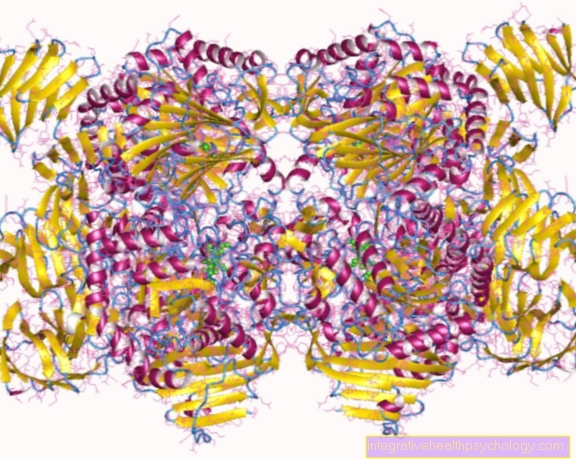mugwort
Latin name: Artemisia vulgaris
Genus: Daisy family
Common names: Humpbacks, goose weed, maidenweed, wild wormwood
Plant description Alant
Plant description: Perennial plant that can be up to 1.50 m high. Lance-like, pointed, small leaves, smooth above, hairy white tomentose below. Small, yellow or reddish single flowers.
Flowering time: June to September.
Origin: Mugwort grows as a "weed" on roadsides, on undeveloped places and banks.
Cultivation: The upper shoot tips are cut and air-dried.
Plant parts used medicinally
The upper part of the flowering herb and only the unwooded parts.
ingredients
Bitter substances (Amarum aromaticum), essential oil.
Medicinal effects and use of mugwort
Conventional medicine hardly uses mugwort, it prefers its stronger brother, wormwood. Mugwort has an anti-rot effect (milder than wormwood), cleanses and promotes the flow of bile. Used with pleasure in stomach and intestinal disorders with bad breath, bile and liver problems, general weakness, nausea.
Of course mugwort plays an important role as a spice in the kitchen. It makes fatty poultry dishes (for example roast goose) more digestible.
Preparation of mugwort
Pour ¼ l of boiling water over 1 heaped teaspoon of chopped mugwort, let it steep for 2 minutes and strain. Drink 1 cup unsweetened 1 to 3 times a day.The tea tastes a bit bitter as a result of the bitter substances it contains, which is what determines its effect
Combination with other medicinal plants
As a spice for the kitchen, mugwort, basil, thyme and rosemary can be mixed in equal parts and finely ground. Aids digestion and helps save salt.
side effect
Not to be expected in normal dosage. Not during pregnancy. Allergies are rarely triggered.





























